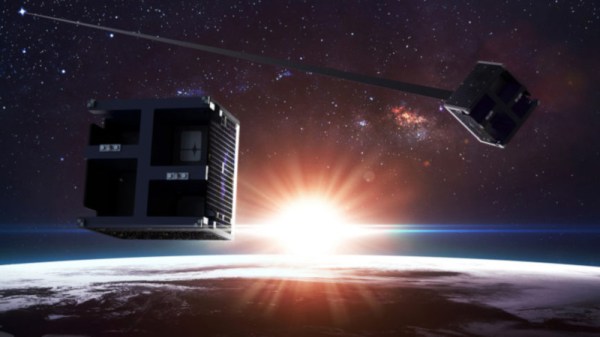Looking across your hard drive and GitHub, you might find hundreds of notes and skeletons of Git repositories. A veritable graveyard of software side projects. The typical flow for many of these projects is: get an idea, ruminate on the idea until it becomes exciting, eventually becoming more exciting than the current side project, notes are captured, a repository is created, and work begins at a blistering pace as the focus and excitement are there. There might be some rewrites or some changes in direction. Questions of whether the project is worthwhile or “what even should this project actually be” start to arise. Eventually, enthusiasm wanes as these questions continue to multiply. Progress slows as the path forward seems less clear-cut as it once did. The project is either sunset with a mournful promise to someday return or quietly put aside as something new and exciting comes to take its place. Sound familiar? Perhaps not, but the principles here could be helpful.
This particular article is largely a piece of opinion from one engineer to another. It’s about engineering the process by which you design a project to have better outcomes. There are many reasons why a project could be shelved or scrapped and not all of them are from a lack of clear project definition. In the case where it isn’t clear what the project is, it can be helpful to think about it in a more holistic/meta sense. There are two types of personal projects in broad strokes: technology demos and products.


















